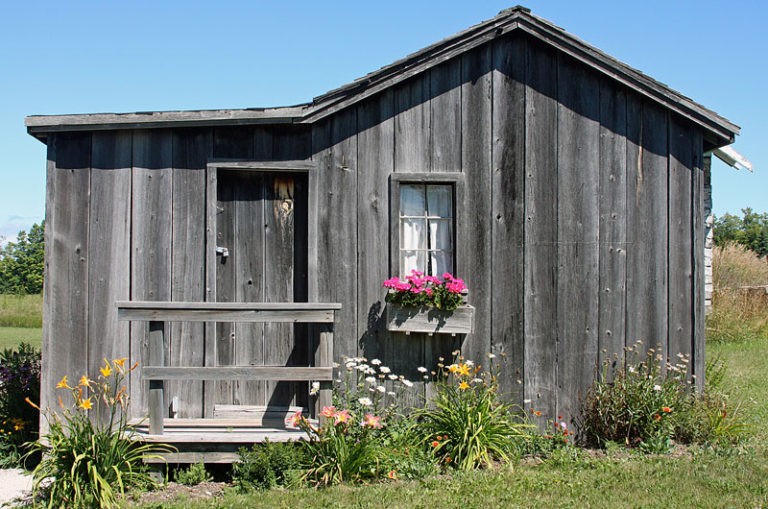Picker's Cabin
Introduction
Text-to-speech Audio
Many, many hands were needed to pick Door County’s cherry crop up until the 1960’s when mechanical tree shakers were developed. Many of the workers came from outside the area and needed housing — so they were put up in tents and barns, and in many cases, cabins like these. During World War II, when workers were difficult to find, pickers were brought in from Mexico, Jamaica and Barbados, but even those were not enough. In 1945, at the end of the war, about 2,000 German POWs were stationed at seven camps in Door County, and they helped to pick the crop.
Images
Picker's Cabin

Backstory and Context
Text-to-speech Audio
Prior to the advent of mechanical pickers, much of the cherry crop was harvested by migrant workers. There were African Americans from the southeast, Native Americans and Mexicans (often including whole families) who moved from place to place on the back of flat-bed trucks to harvest crops as they matured. They arrived in Sister Bay in July as the cherry crop ripened, and they often stayed for the apple harvest. The story of the German POWs is told in a 2002 book titled Stalag Wisconsin. It was also turned into a musical called Victory Farm, that has been produced periodically at the Northern Sky Theater in Peninsula State Park.
This cabin was originally located on the Frank Logerquist farm (behind the current Carroll House restaurant) and then moved to the Kramer farm on Fieldcrest Road. The Kramers donated it in 2000.
Sources
Picker's Cabin: https://sisterbayhistory.org/museum/migrant-pickers-cabin/
https://sisterbayhistory.org/museum/migrant-pickers-cabin/
